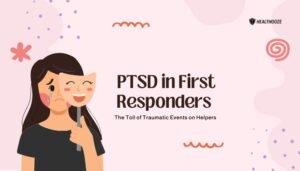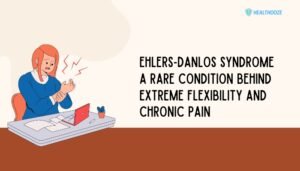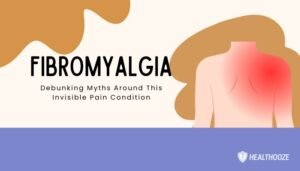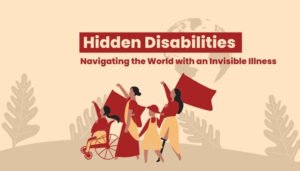Burnout in Healthcare Workers: The Hidden Health Crisis in Hospitals
Introduction Modern healthcare workers face intense pressures on multiple fronts: high patient loads, emotional distress, increasingly complex technologies, and administrative demands. Though these staff members dedicate themselves to saving lives, the reality is that many experience a growing mental and...
Read MorePhysician Suicide: The Silent Crisis in the Medical Community Introduction
Physicians often devote themselves to caring for others, yet they grapple with higher-than-average suicide rates compared to the general population. Long shifts, emotional demands, and the perfectionistic culture of medicine strain even the most resilient individuals. Despite awareness of mental...
Read MorePTSD in First Responders: The Toll of Traumatic Events on Helpers
Introduction First responders—such as police officers, firefighters, paramedics, and emergency dispatchers—regularly confront life-threatening crises, mass-casualty incidents, and human suffering. Their duties require swift decision-making under pressure and, in many cases, direct exposure to shocking scenes. While they work to protect...
Read MoreGulf War Syndrome: Health Issues Veterans Still Face Decades Later
Introduction In the aftermath of the 1990–1991 Gulf War, many returning military personnel began reporting a cluster of unexplained illnesses. These conditions, collectively referred to as Gulf War Syndrome (GWS) or Gulf War Illness (GWI), involve a range of chronic...
Read MoreLong COVID: The Under recognized Long-Term Effects of COVID-19
Introduction The SARS-CoV-2 virus disrupted everyday life worldwide since its emergence. While many individuals recover fully after contracting COVID-19, a significant number continue experiencing complications long after the acute infection passes. This prolonged illness is commonly known as “Long COVID,”...
Read MorePOTS (Postural Orthostatic Tachycardia Syndrome): The Fainting Disorder You’ve Never Heard Of
Introduction Postural Orthostatic Tachycardia Syndrome (POTS) is a disorder that affects blood circulation, resulting in a significant increase in heart rate upon standing. Although it may sound unfamiliar, it is more common than you might think. People with POTS often...
Read MoreEhlers-Danlos Syndrome: A Rare Condition Behind Extreme Flexibility and Chronic Pain
Introduction Ehlers-Danlos Syndrome (EDS) is a group of rare inherited conditions that affect connective tissue strength and elasticity. Connective tissues give structure and support to the body’s organs, joints, and skin. People with EDS often have highly flexible (“double-jointed”) limbs,...
Read MoreFibromyalgia: Debunking Myths Around This Invisible Pain Condition
Introduction Fibromyalgia is a chronic condition characterized by widespread pain, fatigue, and an array of other symptoms that can significantly disrupt daily life. Often called an “invisible illness,” fibromyalgia does not present outward signs such as obvious swelling or joint...
Read MoreChronic Fatigue Syndrome (ME/CFS): Why It’s Often Misunderstood
Introduction Chronic Fatigue Syndrome, also known as Myalgic Encephalomyelitis (ME/CFS), is a long-term condition marked by profound exhaustion. This form of fatigue is not the usual tiredness that arises after a busy day. Instead, it is an all-consuming weariness that...
Read MoreHidden Disabilities: Navigating the World with an Invisible Illness
Introduction People often assume that disabilities must be obvious: the use of mobility aids, visible signs of impairment, or clear external cues. Yet, a significant number of individuals live with conditions that remain unseen by casual observers. Hidden or invisible...
Read More









